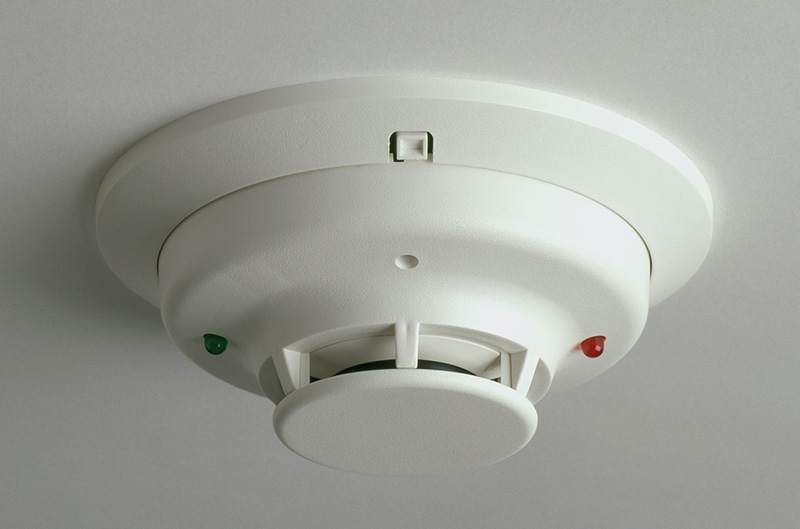Fire alarm systems include a series of devices that work together to detect and alert people using visual and audio devices in the presence of smoke, carbon monoxide, fire, or other emergencies (Figure 1). It is very important for residential buildings because they can give an early warning of something that could be tragic, saving lives. Many home fires occur in homes without a fire alarm, mainly at night, resulting in a large number of fatalities. It's possible to get caught in a fire. Detecting fire at an early stage can free a person from a situation that could turn into a tragedy.
Many people are not interested in installing a fire alarm system in their homes because they believe they can smell smoke during sleep and wake up in time to escape in the event of a fire. Well, that's not true at all. Studies have shown that sound or noise disturbs people's sleep. Nevertheless, it is different in the case of smell. When we sleep, the smell disappears and we can't wake up even the smell is strong.
In a normal house fire, residents have less time to escape. The National Fire Protection Association (NFPA) has stated that smoke in one area may not reach smoke alarms in another area, so at least one smoke detector should be installed outside every sleeping area, every level of the house, and each bedroom.
The NFPA also recommends interconnecting alarms to provide better protection for the entire home than standalone alarms. It is also advisable to install both ionized and photoelectric smoke detectors to maximize the detection of different types of fires that can occur in the home. Ionization detection alarms can detect invisible fire particles accompanying with quickly burning fires faster than photoelectric alarms. On the other hand, photoelectric detection alarms can detect visible fire particles accompanying with slow-burning fires faster than ionization alarms.
Therefore, it is necessary for all of us to alert family and friends about the importance of fire alarm systems.

























































